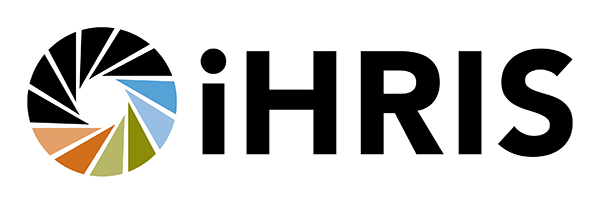Technology to the Rescue: App Helps Health Workers in Uttarakhand Improve Efficiency
As the election dates have just been declared for Uttarakhand along with Uttar Pradesh, Punjab, Goa, and Manipur, this is as good a time as any to shine a spotlight on an exciting initiative Uttarakhand has embarked on.
A new state formed in 2000 (which is fairly young in the Indian federal scheme of things), and its challenges are unique. From limited revenue sources (tourism, its mainstay, has taken a hit since the 2013 flash floods; hence it is dependent on central assistance massively) to a hilly terrain and lack of trained personnel, the state has many hurdles.
Human Resource Challenges in Health
In the case of health care, the challenges get amplified considering the human resources in health shortage has reached crisis levels pan India. A re-analysis of District Level Health Survey (DLHS-4) data done by IndiaSpend recently found health facilities are fewer than required, which means that the actual shortfall in personnel is much higher.
Their other findings:
- In 30% of India’s districts, sub-centres with auxiliary nurse midwives (ANMs) serve double the patients they are meant to.
- As many as 65% of hospitals serve more patients than government norms mandate; the number rises to 95% if we include hospitals with a gynaecologist on staff.
- Almost 80% of all public hospitals serve twice the number of patients that government standards specify.
Putting these statistics in the context of India’s slow progress in reducing maternal and infant mortality, the fact remains that eight in ten babies were born in hospitals in 2011-12, up from 41% in 2005-06, according to government data. India continues to have the highest rate of infant mortality among the emerging economies, i.e., the BRICS nations (Brazil, Russia, India, China, and South Africa). The human resources for health challenges are further aggravated for states like Uttarakhand considering their difficult terrain. Add to it, its routine unstable governments since formation, health and development planning and delivery are onerous.
Read the full text of the original article on Youth Ki Awaaz (YKA).
IntraHealth originally developed mSakhi with support from the Bill & Melinda Gates Foundation. Other funders supporting IntraHealth’s mSakhi work include the Wireless Reach program of Qualcomm and the Margaret A. Cargill Foundation.
